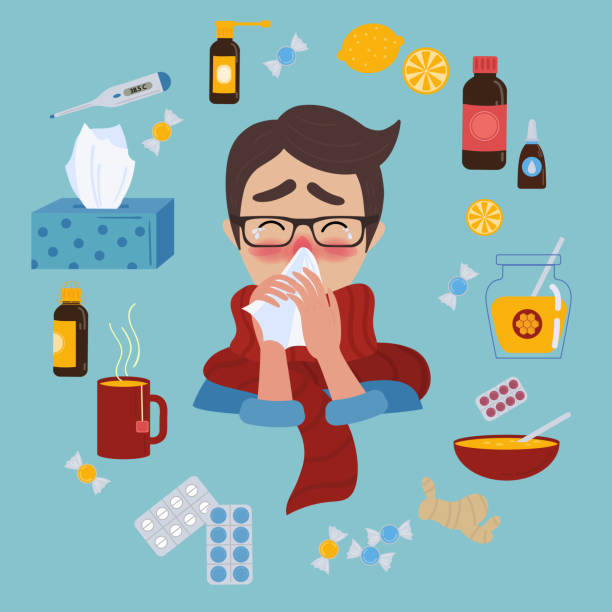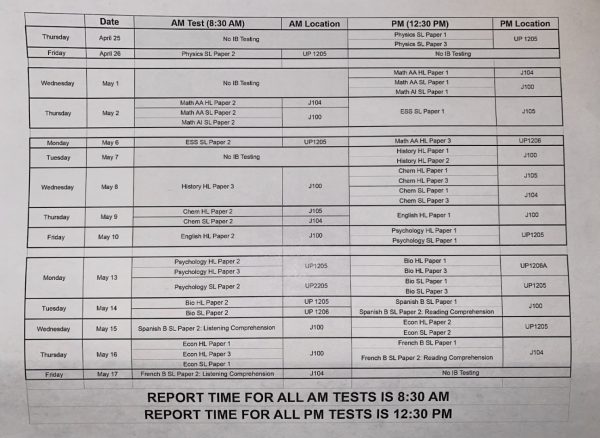How to Stay Safe During Cold and Flu Season
credit: Getty_Images/iStockphoto
January 7, 2021
This year’s cold and flu season is approaching, and we face an entirely new set of complications. There are many ways to protect yourself from these viruses that you are probably already doing.
What causes the flu or a cold?
Colds and the flu are caused by various viruses. The most common cause of the common cold is different strains of rhinoviruses. Rhinoviruses are the most predominant kind of virus in humans and are most active in the fall, winter, and early spring. These viruses enter your body through your nose, mouth, or eyes. People tend to take colds less seriously, but they do put you at risk for various complications and are transmitted easily. It is best to stay home until you begin to feel better and give your body the chance to fight off the infection, so you are not putting others at risk.
Despite having similar symptoms with a cold, the flu is caused by something completely different influenza viruses. Since the flu is more severe, you are more at risk for serious complications. The flu generally kills between 12,000 and 79,000 people every year, depending on the severity of the season (Fluzone).
Both the flu and colds can cause complications, like bronchitis, pneumonia, sinus, and ear infections. These complications should be treated by a doctor.
How can you stay safe?
Many of the things people are doing to stay safe are the same things you would do to avoid the flu and the common cold. The Center for Disease Control (CDC) has said that the risk for the flu and common cold is less this year because of the precautions everyone has been taking for COVID-19. Common steps you can take are to wash your hands with soap and water, use hand sanitizer often, stay home when sick, avoiding close contact, and disinfect high-touch surfaces. It is also important to move away from people when you cough or sneeze, in addition to covering your mouth and nose with a tissue or your elbow. In addition to these precautions, you should keep your hands away from your face.
COVID-19 precautions, like mask-wearing, limiting close contact, and large gatherings, help prevent the spread of germs. People generally gather for the holidays and pass germs to each other, so without these gatherings, people will not be able to pass viruses that cause these illnesses to each other.
On top of all of this, it is very important to get vaccinated for the flu, so you can avoid the flu and the complications that can occur because of it.
How can you tell the difference between the flu, COVID-19, and the common cold?
It is very difficult to tell the difference between these illnesses, and when in doubt, you should go to the doctor or testing site. A problem that has arisen during the pandemic is people avoiding going to the doctor because they do not want to get COVID-19 while they are there. If you really don’t want to go to the doctor, just give them a call, so they can answer and discuss your concerns with them. Doctors are there to help you.
| COVID-19 | Common Cold | Flu | |
| Onset | Can be completely Asymptomatic | Gradual | Sudden |
| Fever and Chills | Common | Rare | Common but it tends to be a lower grade fever |
| Aches | Common | Rare | Common |
| Sore Throat | Common | Common | Common |
| Runny/Stuffy Nose | Common | Common | Common |
| Fatigue | Common | Sometimes | Common |
| Digestive Issues | Common in children | Rare | Common in children |
| Chest Discomfort | Common | Rare | Common |
| Cough/ Difficulty Breathing | Common | Common, but milder | Common |
| Loss of Taste or Smell | Common | Rare | Rare |
| Seriousness | Tends to cause a more serious illness | Tends to not be that bad | Can cause mild to severe illness |
It is important to take your health seriously, so continue to follow guidelines and get your flu shot for a hopefully healthier cold and flu season.



































